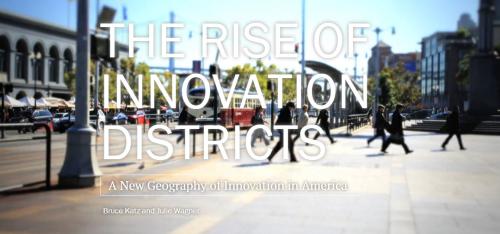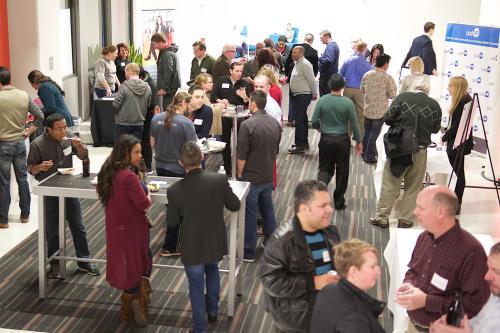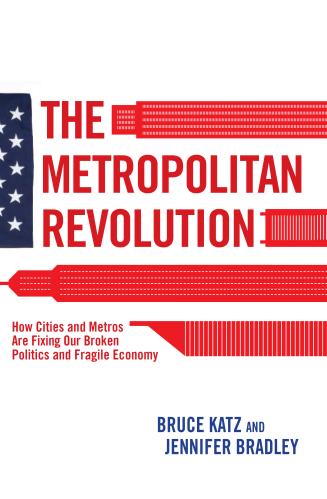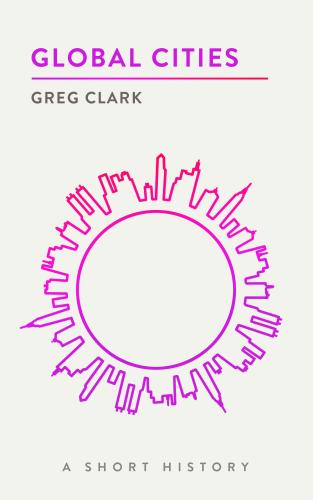Throughout the world, the spatial geography of innovation is shifting. Driven by market trends and the preferences of both firms and workers, new, distinctly urban concentrations of research-oriented anchor institutions, companies, intermediaries, cultural amenities, and retail and residential space are developing into dynamic innovation districts. These dense enclaves—found largely but not exclusively in cities—produce environments where knowledge sharing, creative problem solving, and entrepreneurialism can thrive.
When it comes to talent attraction and residential growth in these communities, private and civic stakeholders have tended to focus on millennials because of their sizable presence in the tech workforce, involvement in start-up culture, and their growing affinity for walkable urban settings. But younger adults are not the only age group well-suited to living and working in these locales. Innovation districts have many attributes that older adults—defined here as those 50 and up—seek in a place to live and work. Highly walkable and transit-oriented, and rich with amenities and employment opportunities, these neighborhoods offer good environments for aging in one’s community. Yet it is a rapidly growing demographic that district employers, developers, planners and other stakeholders are still tending to overlook.
Innovation districts have many attributes that older adults—defined here as those 50 and up—seek in a place to live and work.
The 50-plus population is one of the fastest growing demographics in the United States. This group totaled nearly 110 million in 2015, or just under 34 percent of the nation’s population. By 2050, those 50 and older will number over 150 million, representing nearly 39 percent of all Americans. Within this broader demographic, the number of Americans 65 and older is growing even faster. More than 10,000 Americans turn 65 each day, leading demographers to forecast that this older age group will reach 82 million by 2050.
Americans who are 50 and older are not a monolithic group. Like their younger counterparts, older adults’ lives, needs, and preferences are shaped by their age, gender, socioeconomic status, race, ethnicity, educational attainment, sexual identity, and other factors. These differences notwithstanding, those 50 and older represent a significant segment of the American economy—as consumers, residents, workers, and volunteers. In 2015, they were responsible for nearly $5.6 trillion of the nation’s $10.4 trillion in consumer spending—a number that will only increase as the demographic expands. Older individuals are also an important source of both tax revenues and charitable donations. Individuals 55 and older accounted for nearly 45 percent of all individual federal income tax paid in 2014. In 2015, people 50 and over had the highest rates of per capita giving and paid nearly $1.8 trillion in federal, state, and local taxes.
Those 50 and older also make important contributions to the economy as workers and entrepreneurs.
Those 50 and older also make important contributions to the economy as workers and entrepreneurs. Older workers possess deep work experience and expertise as well as extensive institutional knowledge and professional networks. They also support the entrepreneurial ecosystem: Contrary to the stereotypical image of the 20-something bootstrapping a startup on her laptop, most entrepreneurs are over 35—and a significant proportion are older than 50. Moreover, recent research by the Kauffman Foundation found that entrepreneurialism is actually on the rise among 55- to 64-year-olds, while declining among those 20 to 34. In addition to launching businesses themselves, older adults often support startup firms as mentors and investors.
This study explores the reciprocal benefits that can accrue from older adults living, working, and supporting business growth in cities, and particularly the innovation districts within them. Taking Chattanooga, Philadelphia, and Seattle as test cases, it begins by describing why these environments can be good places for older adults to live. It then turns to the workplace, where older adults can both benefit from and contribute to the innovation-driven economies found in and around these districts. Lastly, the study looks at the roles older adults can play in their entrepreneurial ecosystems. The brief concludes with a set of recommendations for city and innovation district leaders who want to be intentional about cultivating intergenerational communities. Finally, older adults improve age diversity within communities. In an innovation district as elsewhere, greater age diversity and efforts to foster an inclusive culture can lead to cross-generational friendships, networks, and collaborations. Over time, these intergenerational interactions strengthen communities and contribute to the character of the neighborhood.
The Brookings Institution is committed to quality, independence, and impact.
We are supported by a diverse array of funders. In line with our values and policies, each Brookings publication represents the sole views of its author(s).

![An older woman stands at the head of a table of mixed-age workers in a modern office space [photo courtesy of iStock]](https://www.brookings.edu/wp-content/uploads/2017/03/beyond_millennials_cover_005.jpg?quality=75&w=1500)








